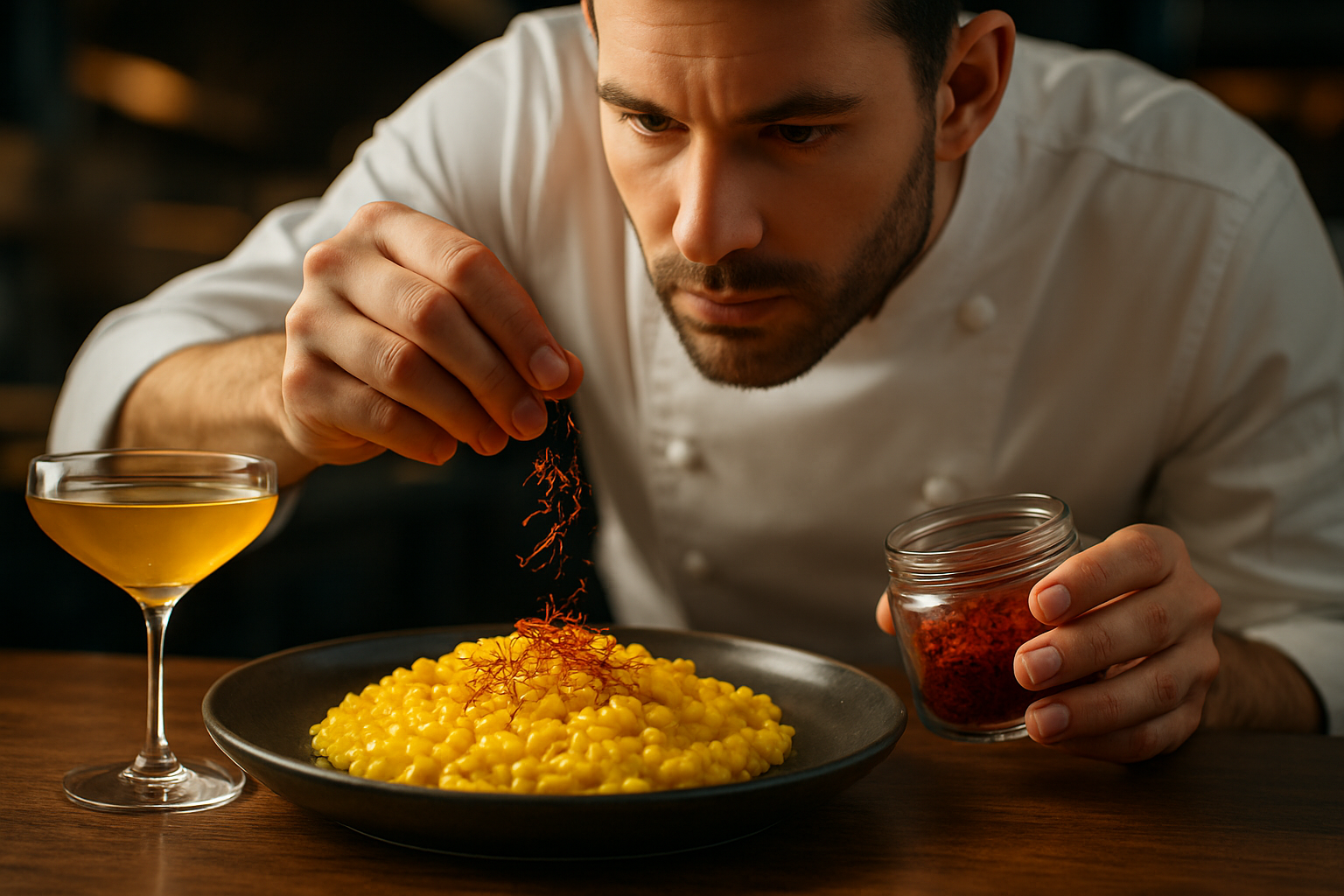Culinary Alchemy: Mastering the Art of Flavor Layering
Embark on a gastronomic journey that will transform your cooking from ordinary to extraordinary. Discover the secrets of flavor layering, a technique that elevates dishes by combining tastes and textures in harmonious ways. From balancing sweet and savory to incorporating unexpected elements, this culinary alchemy will revolutionize your approach to cooking and delight your taste buds.

The Science Behind Taste Perception
To truly master flavor layering, it’s essential to understand how our taste buds and olfactory system work together to create flavor perception. The human tongue can detect five basic tastes, but it’s the combination of these tastes with aromas that creates the complex flavors we experience. When we eat, volatile compounds from food travel to our nasal passages, where they interact with olfactory receptors. This process, known as retronasal olfaction, is responsible for up to 80% of what we perceive as flavor. By considering both taste and aroma when layering flavors, chefs can create more nuanced and memorable dishes that engage multiple sensory pathways.
Building Blocks of Flavor
The foundation of successful flavor layering lies in understanding the building blocks of taste. Start with a base flavor, often provided by a primary ingredient or cooking method. From there, add complementary flavors that enhance and support the base. Consider incorporating contrasting elements to create interest and depth. For example, a rich, savory dish might benefit from a touch of acidity or sweetness to balance the flavors. Texture also plays a crucial role in flavor layering, as it can affect how flavors are released in the mouth. Combining crispy, creamy, and chewy textures can create a more dynamic eating experience.
Techniques for Layering Flavors
Several techniques can be employed to layer flavors effectively. Marinating allows flavors to penetrate deeply into ingredients, while dry rubs create a flavorful crust. Infusing oils or vinegars with herbs and spices is another way to add complexity to dishes. Slow cooking methods, such as braising or roasting, allow flavors to meld and develop over time. Finishing touches, like a sprinkle of fresh herbs or a drizzle of flavored oil, can add brightness and freshness to a dish. Experimenting with different cooking methods and ingredient combinations is key to developing your own unique flavor profiles.
Global Inspirations for Flavor Combinations
Drawing inspiration from cuisines around the world can help expand your flavor layering repertoire. Mexican cuisine expertly balances heat with acidity and sweetness, while Japanese dishes often incorporate umami-rich ingredients to create depth. Indian cuisine is known for its complex spice blends that build layers of flavor. Mediterranean cooking showcases the power of simple, high-quality ingredients combined in harmonious ways. By studying and experimenting with global flavor combinations, you can develop a more sophisticated palate and create innovative dishes that transcend cultural boundaries.
Useful Tips & Facts
• The concept of flavor layering is rooted in the Chinese culinary principle of 调味 (tiáo wèi), which means “seasoning adjustment.”
• Umami, the fifth basic taste, was discovered by Japanese chemist Kikunae Ikeda in 1908.
• Salt is a flavor enhancer that can make other tastes more pronounced when used in small amounts.
• Herbs added at the beginning of cooking provide a different flavor profile than those added at the end.
• The Maillard reaction, which occurs when proteins and sugars are heated, creates complex flavors and aromas in foods.
• Fermented foods can add depth and complexity to dishes due to their unique flavor profiles.
As you delve deeper into the world of flavor layering, remember that practice and experimentation are key to developing your culinary intuition. Don’t be afraid to push boundaries and create unexpected combinations. With time and experience, you’ll develop a keen sense for balancing and layering flavors, transforming even the simplest ingredients into extraordinary culinary creations. Embrace this alchemical approach to cooking, and watch as your dishes come alive with vibrant, multi-dimensional flavors that captivate and delight.





